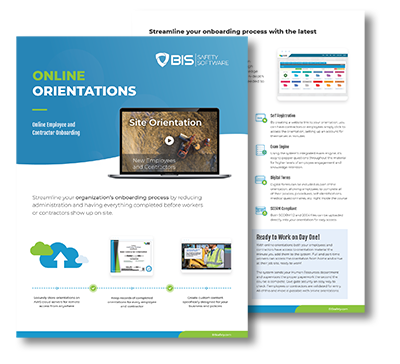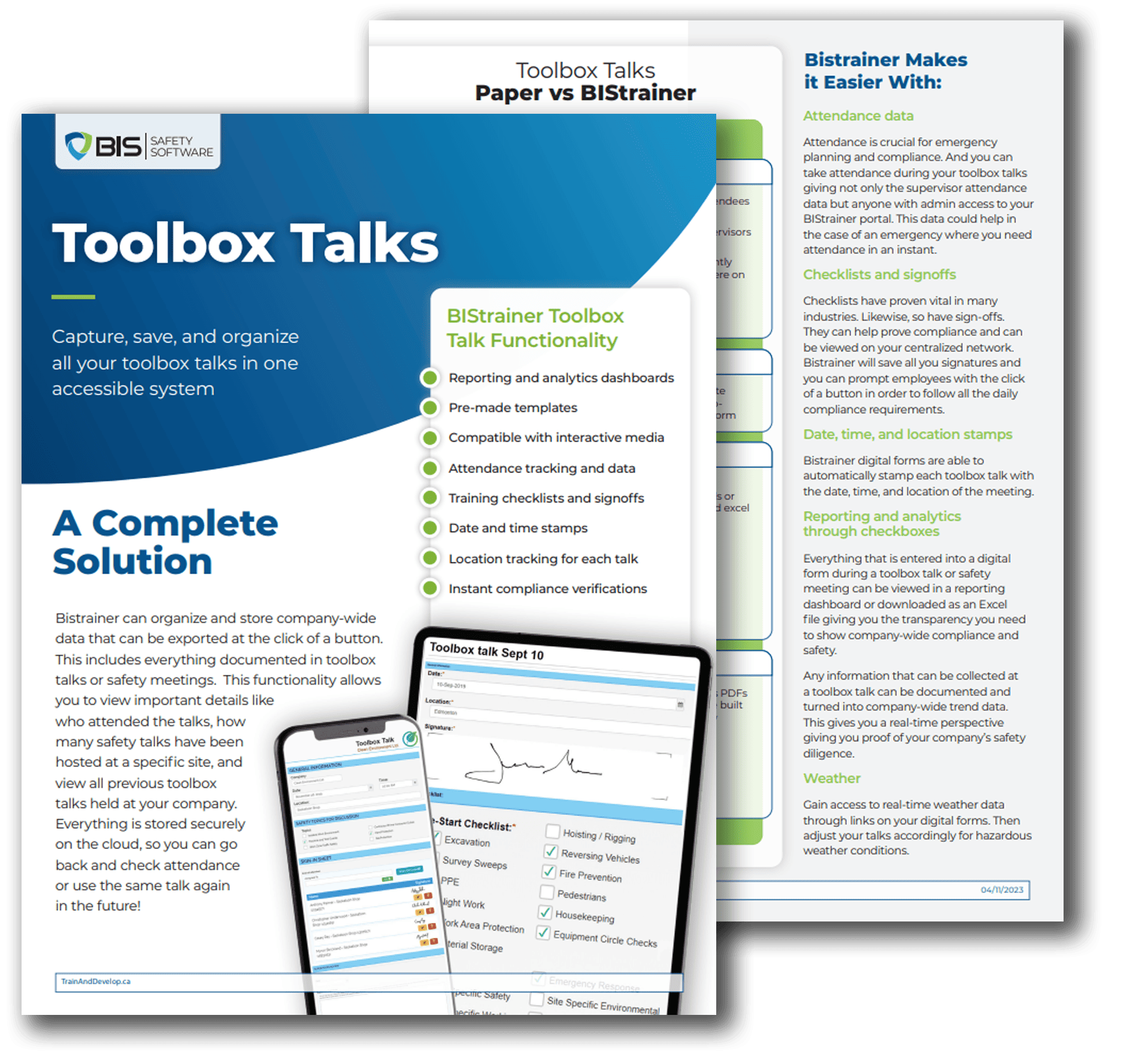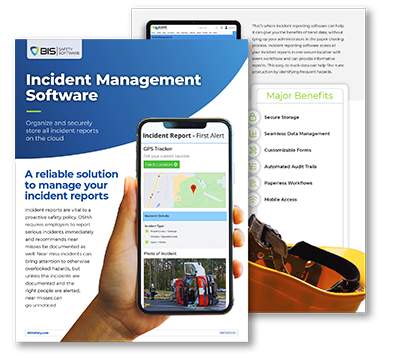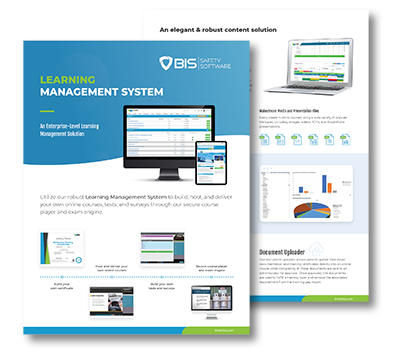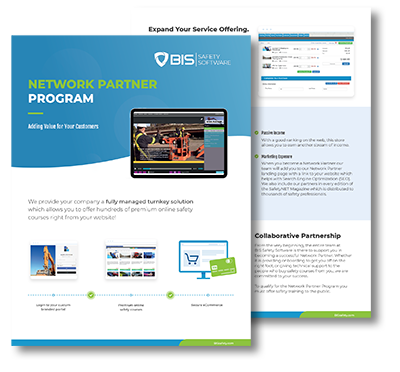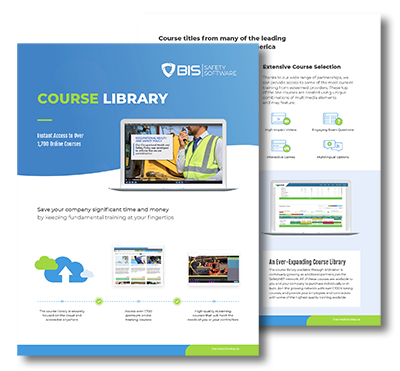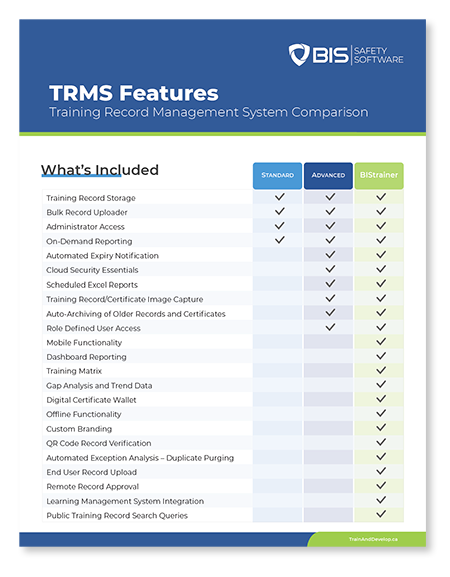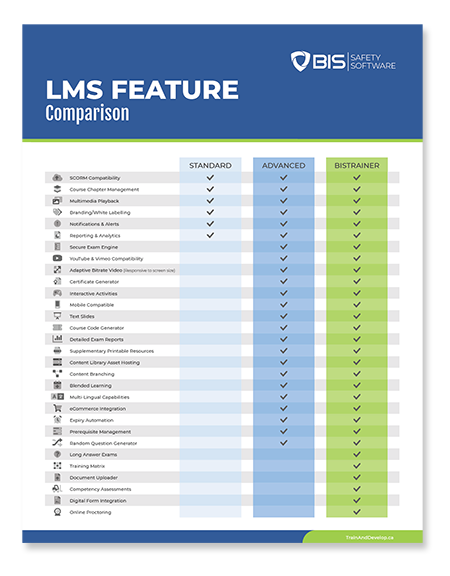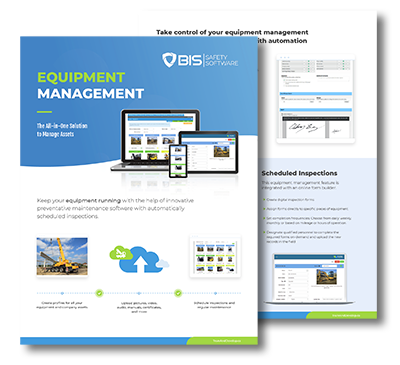Safety Compliance:
3 Fundamental Rights
Safety Compliance: 3 Fundamental Rights
As a Canadian employee, you must know your health and safety rights in order to protect yourself. Being aware of your right to know about the hazards inherent in your workplace, your right to participate in assessing hazards and your right to refuse unsafe or dangerous work endows you with the tools to quickly become an effective and knowledgeable safety leader in your workplace. By exercising these 3 Fundamental Health and Safety Rights (Rights), and the safety culture & leadership teachings learned in this course, you will be prepared to make the RIGHT CALL when posed with health and safety challenges. This Safety Compliance course uses a fun, and interactive way to impart these 3 Fundamental Rights and bestow upon you the safety leadership philosophies associated with these Rights.
This training has been created for:
- Every employee in the United States of America (US) and Canada, as these 3 Fundamental Health and Safety Rights are embedded within the legislation of both countries.
- Any employee interested in increasing their awareness of safety culture, leadership, accountability, and compliance;
- Any employee seeking to learn through an entertaining workshop styled course featuring a humourous and gripping story about a dangerous interaction with elephants in Botswana.
This online course is designed to complement the BIS platforms’ Leadership for Safety and 12 Steps to Establishing Leadership Presence: Fuel – Navigate – Drive online courses. These three courses prepare your workforce with the safety leadership tools and attitude to safely execute their own tasks and positively influence their co-workers to create an effective safety program and culture.

Course Topics
After completing this course, learners will understand the importance of:
- 3 Fundamental Health and Safety Rights associated with Occupational Safety and Health Administration (OSHA) Act and Part II of the Canada Labour Code:
- The Right to Know about the hazards in your workplace. Employees have the right to be informed of known or foreseeable hazards in the workplace and to be provided with the information, instruction, training and supervision necessary to protect their health and safety.
- The Right to Participate in assessing and controlling the hazards in your workplace. This 2nd right gives workers important rights to participate in activities to ensure their protection from job hazards.
- The Right to Refuse Unsafe / Dangerous Work is the most important of the 3 fundamental health and safety rights as it grants employees the right to stand down when faced with a potentially dangerous work situation. This right protects workers from employer reprisals should they refuse to perform a potentially dangerous work task.
- Safety Leadership Styles they may to adopt for their own personal safety leadership approach in their workplace. A range of safety leadership styles covering the ‘how to’ and ‘how not to’ lead others in safety are explored in this course.
- Safety Communication Styles they can use to be more effective in relaying important safety messaging to co-workers. For example: being more forthright in communicating safety issues; avoiding mitigated speech (aka sugarcoating); the impacts of tone, condescension, mockery etc. in person-to-person safety messaging.
- Mitigated Speech. Examining the causes of plane crashes over the past 30 years due to the use of mitigated speech in cockpit safety communications.
Universally Compatible

Duration
Average Completion Time
Completion times vary depending on the number of times the information is viewed prior to finishing the course. The average completion time is 60 minutes.

Testing
Knowledge Assessment
Testing conducted in this online course is designed to reinforce the information presented. A mark of 80% must be achieved in order to receive a certificate of completion. Participants are able to repeat the course twice if the pass mark is not achieved on the first attempt.

Certificate
Certificate of Completion
Upon successful completion of this online course, a certificate of completion will be available to download and print.























